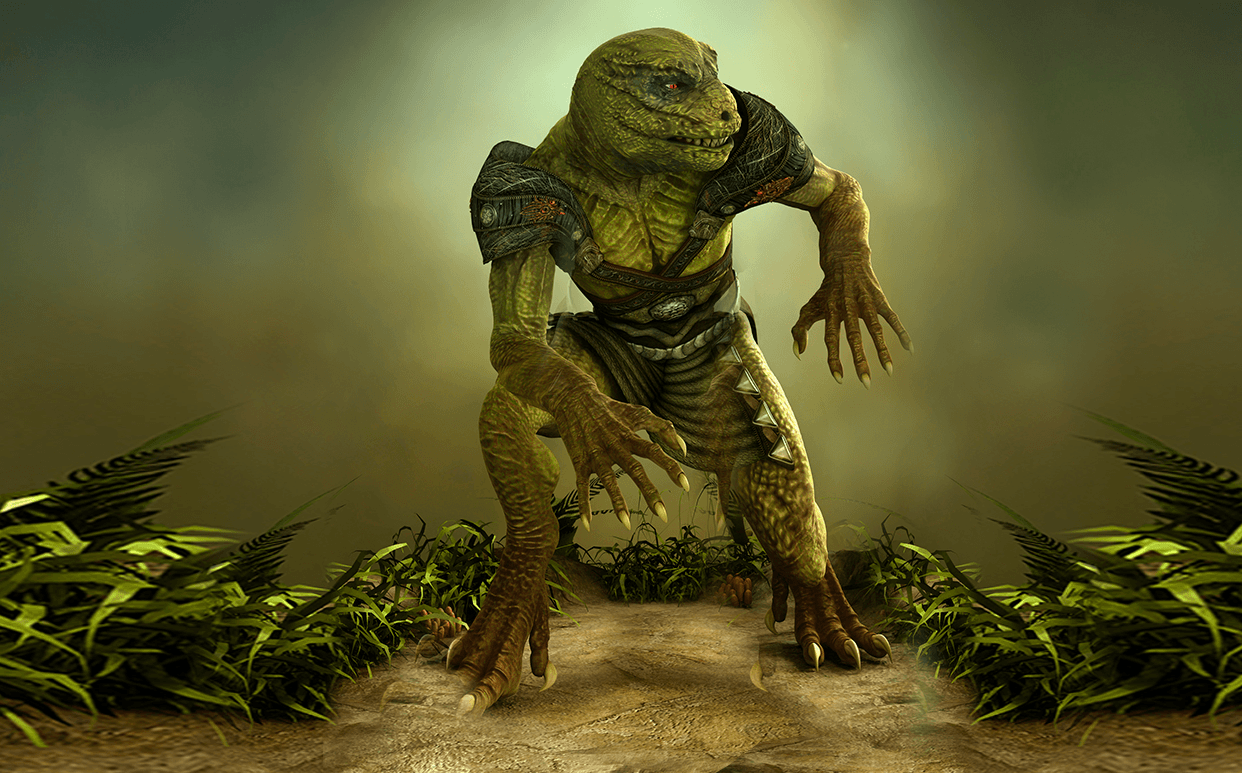Are Reptilians Real?

Did you ever wonder if humanoids with reptilian features are merely a myth? And, if they are shapeshifters who can transform into pure human form, how would we know for sure? Explore the theories, folklore, and sightings for yourself to ascertain whether or not they are fact or fiction.
Nowadays, people who believe in the existence of reptilians point to what they consider hard evidence from the far past, in the form of cave art. One such discovery occurred in 2016 at Wadi Sura II in Egypt. What was initially thought to be a mixture of infant and adult handprints was confirmed to be art depicting a mix of human and lizard hands. This intriguing turn of events gives precedence to 21st-century reptilian theories.
Then, in 2017 an Indonesian hunting scene was unearthed, which was officially dated in 2019 to be the oldest cave painting ever found at 44,000 years old. Examinations of this find from the island of Sulawesi revealed exciting news for the reptilian enthusiast community. Classified by expert analysis as, "shapeshifting supernatural beings," or therianthropes, this fantastic art consists of half-person, half-reptile features.
Other reptilians-are-real substantiation includes world-wide stories from various cultures. In 1934, the L.A. Times reported lizard people lived in underground caverns in Mount Shasta up to 5,000 years ago. The lore continues with explorations of Californian shafts and tunnels still going strong.
Many major religions also include written and oral accounts of reptilians. Known as nagas or naginis, these half-human, half-serpent beings are a big part of lore believed by Buddhists, Hindus, and Jains. Often portrayed as a cobra, nagas also live underground in Southeast Asian caves when in snake form.
Reptoid iconography runs rampant in South America, where the Mayan and Aztec peoples worshipped a serpent of wisdom who could transform into human form. Known as Quetzalcoatl, he brought enlightenment to their societies, causing the rapid advancement of their peoples.
In Central America, the Hopi believed snake-brothers called the Sheti lived underground when in snake form and offered help when in human form. Additionally, the reptoid race is also well represented in fantasy and science fiction books, comics, television shows, and in blockbuster Hollywood movies.
Here is where proving reptilians are an actual, non-fictional part of our society today gets tricky. First-hand experiences with and sightings of reptilians are fleeting since their whole purpose is to remain highly secretive in their shapeshifting abilities. Some theories include this is purely for self-preservation, they are an extinct species, or they have a master plan to rule non-reptilian society and therefore, must always remain hidden in human form.
So, do we really know if reptilians are real? An entire sect of people certainly think so, and with good reasons from cave paintings, international oral tradition stories ranging from antiquity until today, religious beliefs, as well as an obsession by American popular culture. Now that you know some of the supporting evidence, you can decide for yourself.









